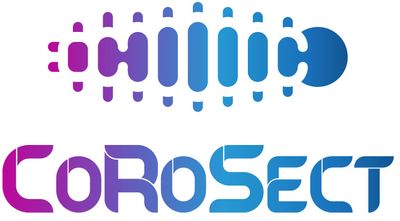

CoRoSect - Insect Production Robotic System
CoRoSect brings a novel perspective to automated insect farming. We introduce a digitalized, integrated robotic solution to support all insect life cycle phases. The goal here is to create a collaborative environment where humans and robots harmoniously share and undertake various cognitively and physically demanding tasks, such as transferring and handling crates (de-stacking and stacking), monitoring environmental conditions larvae separation/detection, insect feeding, and more. This infrastructure will be implemented, tested and validated based on end-user needs and requirements in diverse insect production environments, namely Mealworm, Black Soldier Fly and Crickets.
Insects require very little land or energy to produce, and they can be produced quickly and all year round unlike other feedstock such as soybeans.
Insects require fewer resources, including land and water, to farm and are able to convert low-quality organic waste into protein-rich end products suitable for animal or human consumption.
Aquaculture is a promising beachhead market; however, other uses of insect-derived products are being explored, such as fertilizer and biofuels.
Food waste is a global issue, yet few viable solutions have emerged. Insect farming is a promising example of circular economy put in practice.
One of the biggest challenges is the need for human intervention. CoRosect uses robotics to support all phases of the insect’s life cycle.
- Delivery of a real-world, robust and open human-robot digitalized collaborative working environment
- Advanced service-oriented collaborative farm floor modelling and real-time orchestration, enabling genuine HRC through highly dynamic, open work cells.
- Advanced AI-based cognitive perception both at different phases of the life cycle of insect farming process
- Introduction of digitalized and networked smart mechatronic systems with advanced and sophisticated capabilities for robotic actions planning and control
- Implementing advanced mechanisms for realizing safe and efficient Industry 4.0 compliant collaboration with humans
- Incorporation of Social Sciences and Humanities (SSH) elements for the uptake of the project outcomes, emphasizing on acceptability criteria, feedback from users and regulatory aspects
- Delivery, deployment, demonstration and thorough evaluation of a functional system prototype in real-world operational environments
- Intense dissemination, cooperation with other projects and data provision activities
- Prepare the business exploitation of the project tools and services, in the context of application cases with high economic impact for the European (manufacturing) industry
